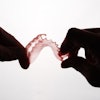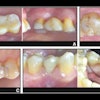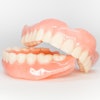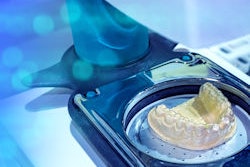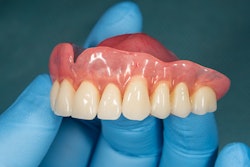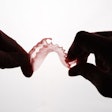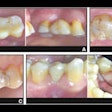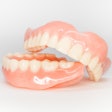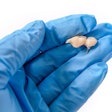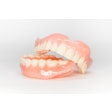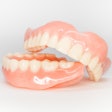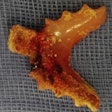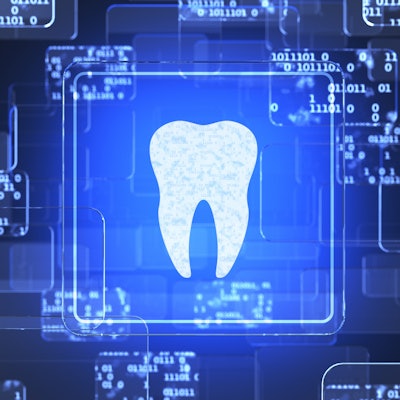
When it comes to creating dentures, artificial teeth can be milled or 3D printed, but which method is more accurate? Both processes were deemed clinically acceptable in a head-to-head comparison that was published on December 1 in the Journal of Prosthetic Dentistry.
Researchers compared the accuracy of artificial teeth manufactured using the custom disk method with recesses made by a milling machine and a 3D printer. The study included four types of artificial teeth: maxillary left central incisors (Max-L1), mandibular left central incisors (Man-L1), maxillary left first premolars (Max-L4), and maxillary left first molars (Max-L6).
"Little clinical difference was found in the position trueness and precision of artificial teeth arranged in the custom disks of recesses fabricated with a 3D printer and a milling machine," wrote the study authors, led by Dr. Yumika Soeda, PhD, of Tokyo Medical and Dental University in Japan (J Prosthet Dent, December 1, 2022).
3D printing may be affected by multiple factors, including light intensity and the direction and angle of printing. However, milling can provide a homogeneous object with accuracy by machine control, leading to high precision.
In the study, milling data were created, and three of each tooth type were attached to disks made up of three circles: large, medium, and small. Each of the 3D-printed custom disks and custom disks with milled recesses was made based on data gathered using cone-beam computed tomography, which was then superimposed by a CAD software program.
Mean absolute error (MAE) values were calculated to analyze trueness and precision. The MAE values of artificial teeth in custom disks with milled recesses and 3D-printed custom disks were compared.
The MAE position trueness values of all types of artificial teeth with a milled custom disk, except Man-L1, were higher than those made with a 3D-printed custom disk. The offset of a recess was 0.25 mm for milled custom disks. Additionally, the position trueness of Max-L4 and Max-L6 made with a milled custom disk was significantly lower compared to those made with a 3D-printed custom disk.
"CAD-CAM complete dentures fabricated from custom disks with milled recesses have high trueness and precision based on the position of artificial teeth and minimal occlusal adjustments," Soeda and colleagues wrote.
Based on the findings of this study, researchers drew the following four conclusions:
- The trueness and precision of artificial teeth on 3D-printed custom disks were higher for posterior teeth compared to anterior teeth.
- There was no significant difference among the four types of artificial teeth on milled custom disks.
- Artificial teeth on milled custom disks had higher precision than those on 3D-printed disks.
- The movement of artificial teeth during the manufacturing of dentures using milled and 3D-printed custom disks was clinically acceptable.
The limitations of the study include that the milling data were not made in the shape of dentures.
"If the experimental disks had been made in a denture shape, the reference point might have changed during the superimposition process," the study's authors explained.
Because the artificial teeth were arranged individually, they may be superimposed more accurately than those arranged along the lines of a denture shape. Therefore, the position, trueness, and precision of artificial teeth may change when arranged along denture shapes.
"Movement of artificial teeth during the manufacture of dentures using the custom disk method and custom disks with milled recesses was within a clinically acceptable range," Soeda and colleagues concluded.
